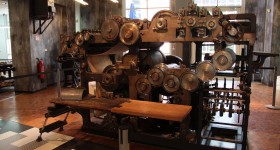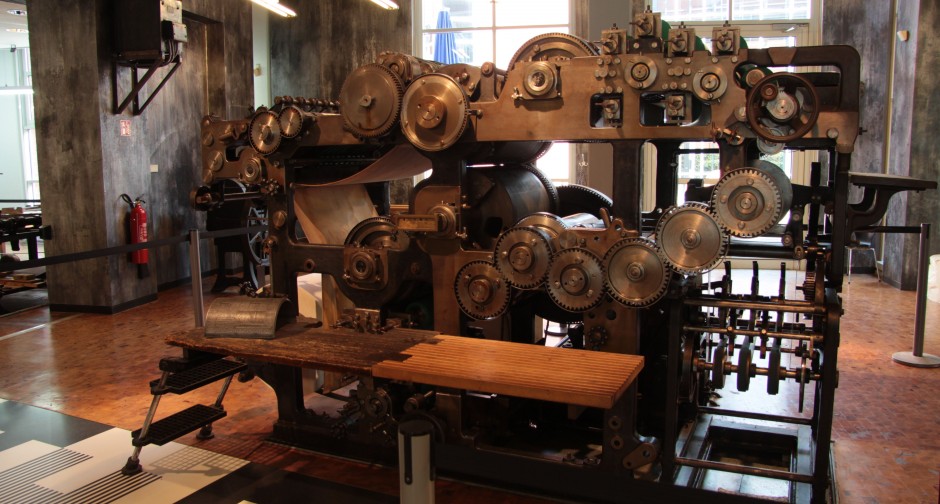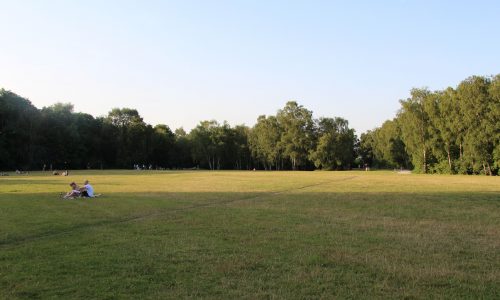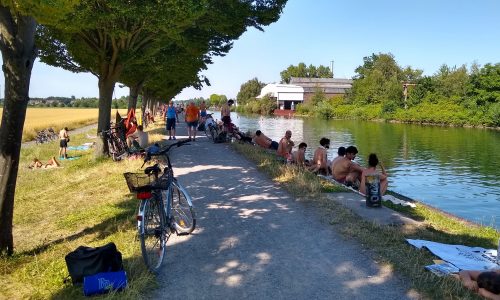Rotary printing press
The rotary printing press was built in the Schnellpressenfabrik A. Frankenthal in 1926. It presumably printed large editions of newspapers for the Thuringian area. Today the German Occupational Safety and Health Exhibition (DASA) uses the machine for demonstrational purposes.
The rotary printing press uses a relief printing process: the printing parts are elevated on the print carrier (print sheet), while the non-printing parts are lower.
Two print sheets were fixed on each of the two plate cylinders. Then the paper, drawn from a kilometer-long paper roll, was conveyed through both presses and printed. In this way the machine could print approximately 8000 four-paged newspapers per hour in black and white.
Compared to former common printing presses like the jobbing press, the rotary press made possible a considerable increase in production due to the continuous turning of the cylinder (instead of an up and down motion).
The steady increase of the running speed of rotary presses led to more and more deafening noise. For many printers hearing loss became a burdensome work-related illness.
On the recording one hears (in the following order) the activation of an alarm bell as a start up warning, the adjustment of the current regulator, and then the motor and the rotary press running.
Sound recordist: Konrad Gutkowski
Photographer: Konrad Gutkowski
Video recordist: Konrad Gutkowski
Specs:
Filesize:
Duration:
Channels:
21 MB
1 min 59 s
2 (Stereo)
Bit rate:
Bit depth:
Level:
1411 kb/s
16 bit
100 dB
Recorded on July 30, 2015
DASA - Arbeitswelt Ausstellung
Dortmund, GERMANY
Creative Commons License





